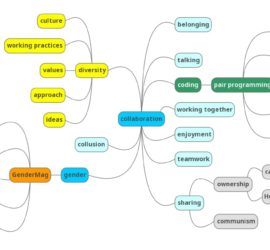Interactive Digital Design for the British Museum
This team project involved producing an interactive digital design to enhance the British Museum Egyptian Galleries experience. It was a user centred design that included user research, conceptual design and detailed design.







